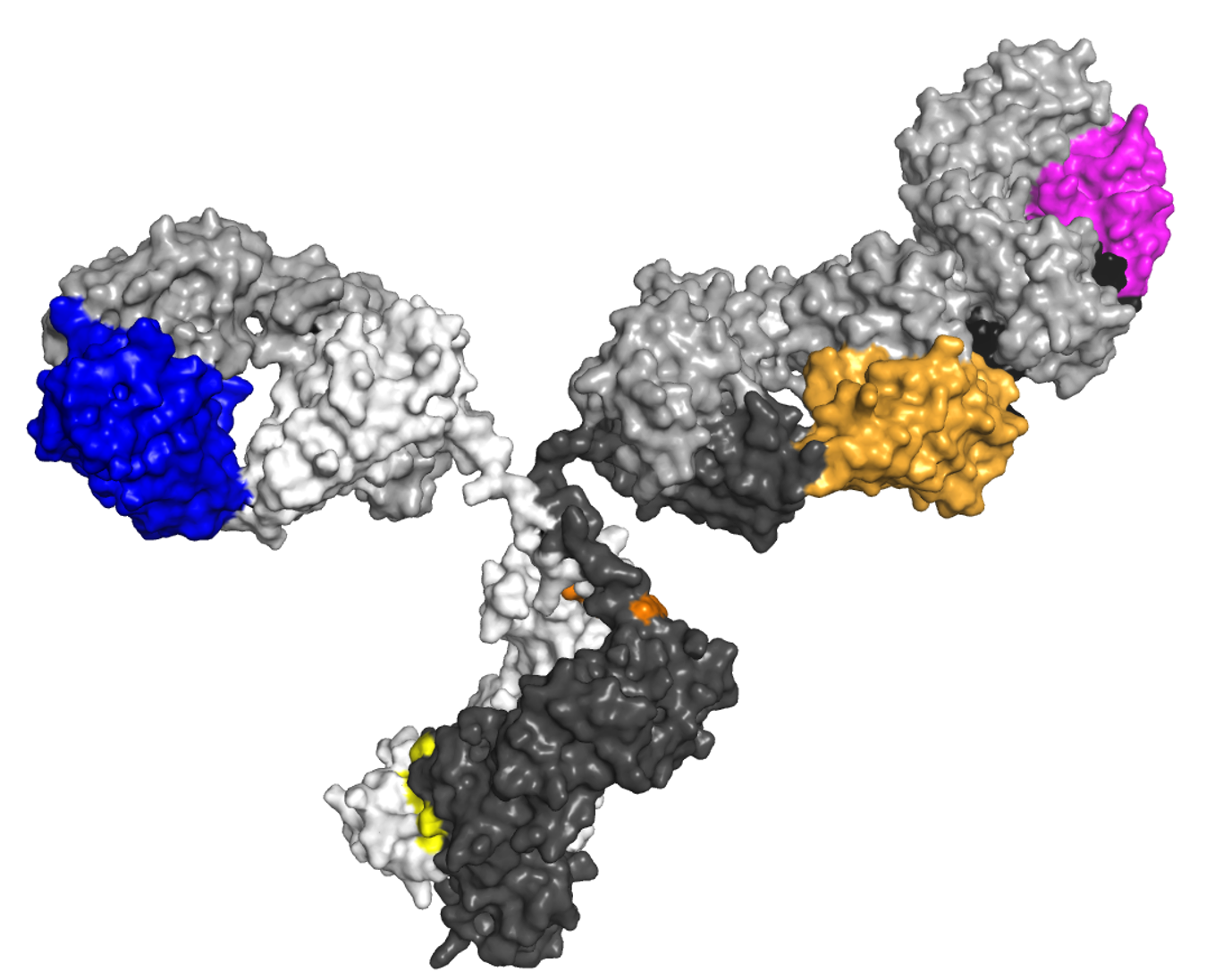
Patients with multiple myeloma who are considered “frail” generally have “worse outcomes compared to the fit” but the definition, prevalence, and impact of frailty can vary across multiple myeloma clinical trials, according to a recent systematic review.
Hira Mian, MD, of McMaster University in Canada, and colleagues conducted the research and published its results in Blood Cancer Journal.
“Several frailty tools have been developed to address the heterogeneity of aging in this population,” Dr. Mian and colleagues wrote. “Uptake of these measures has been variable, leading to a gap in knowledge regarding the proportion of enrolled trial participants considered frail and uncertainty in the treatment-related effects and outcomes among this high-risk population.”
Dr. Mian and colleagues performed a systematic review of therapeutic interventional multiple myeloma clinical trials that reported on frailty. The review included 24 randomized clinical trials and 19 non-randomized trials that met eligibility criteria.
“Frailty was increasingly incorporated in studies in more recent years with 41.9% of included studies being reported in the last two years,” the study’s authors wrote.
The International Myeloma Working Group frailty index was used in 41.8% of studies, and the simplified frailty score was used in 39.5% of the studies. Around half (51.2%) of the studies categorized frailty status using a three-level system classifying patients as frail, intermediate fit, or fit. A small proportion (18.6%) of studies dichotomized frailty status into frail versus non-frail.
Most studies “demonstrated a consistent benefit” of multiple myeloma interventions among patients who were considered frail and those who were considered non-frail, according to the study’s authors.
“However, in general, frail patients had worse outcomes compared to the fit,” Dr. Mian and colleagues wrote.
The prevalence of frailty “greatly varied” across the trials, ranging from 17.2% to 73.6% of the cohort, which reflects differences in the overall populations as well as differences in the measures of frailty, according to the study’s authors.
“Although frailty is increasingly being incorporated in [multiple myeloma] clinical trials, due to the variation in both the definition and categorization of frailty, there remains heterogeneity in the prevalence of frailty and its potential associated impact on outcomes,” Dr. Mian and colleagues wrote.
Reference
Mian H, McCurdy A, Giri S, et al. The prevalence and outcomes of frail older adults in clinical trials in multiple myeloma: A systematic review. Blood Cancer J. 2023;13(1):6. doi:10.1038/s41408-022-00779-2






 © 2025 Mashup Media, LLC, a Formedics Property. All Rights Reserved.
© 2025 Mashup Media, LLC, a Formedics Property. All Rights Reserved.